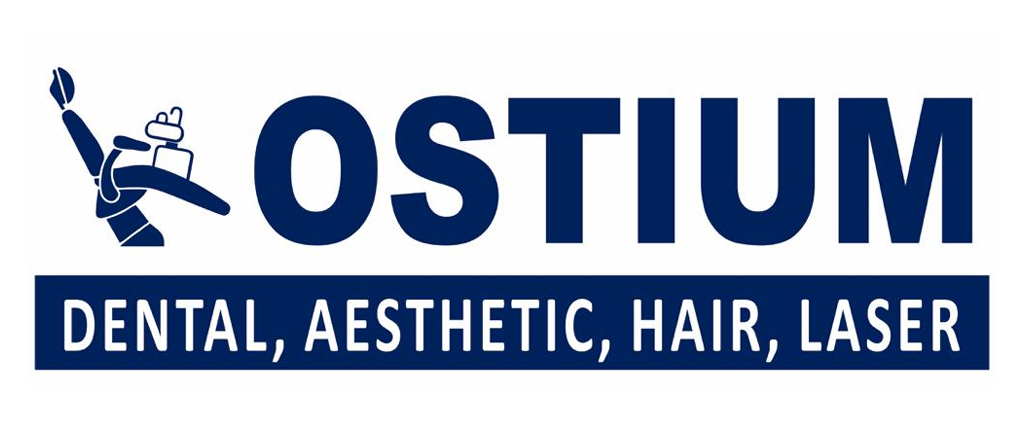- What is RCT?
Root Canal Treatment (RCT), also known as endodontic treatment, is a dental procedure that saves a tooth from extraction by removing the infected or damaged pulp, cleaning and disinfecting the root canals, and filling them with a biocompatible material.
Here's a more detailed breakdown of the RCT procedure:
1. Diagnosis and Planning:
- X-rays:
Your dentist will take X-rays to assess the extent of the damage to the tooth and determine if RCT is the right treatment option.
- Anesthesia:
Local anesthesia is used to numb the area around the tooth, ensuring a comfortable experience during the procedure.
- Dental Dam:
A rubber-like sheet called a dental dam is placed around the tooth to keep it clean, dry, and free of saliva during the procedure.
2. Access and Pulp Removal:
- Access Opening:
The dentist creates an opening in the tooth's crown to access the pulp chamber and root canals.
- Pulp Removal:
Using small dental instruments, the infected or diseased pulp (nerves, blood vessels, and tissues) is removed from the pulp chamber and root canals.
3. Cleaning and Shaping:
- Cleaning and Disinfection: The pulp chamber and root canals are thoroughly cleaned and disinfected with special instruments and solutions.
- Shaping: The root canals are shaped to accommodate the filling material.
4. Filling and Sealing:
- Filling: The cleaned and shaped root canals are filled with a biocompatible material, typically gutta-percha, a rubber-like substance.
- Sealing: The root canals are sealed with adhesive cement to prevent future infections.
- Temporary Filling: A temporary filling is placed to close the opening in the tooth's crown.
5. Restoration:
- Permanent Filling or Crown:
In most cases, a permanent filling or a crown is placed on the treated tooth to restore its function and appearance.
- Follow-up:
Regular follow-up appointments are necessary to ensure the success of the treatment and maintain good oral hygiene.
Contact us for appointment








